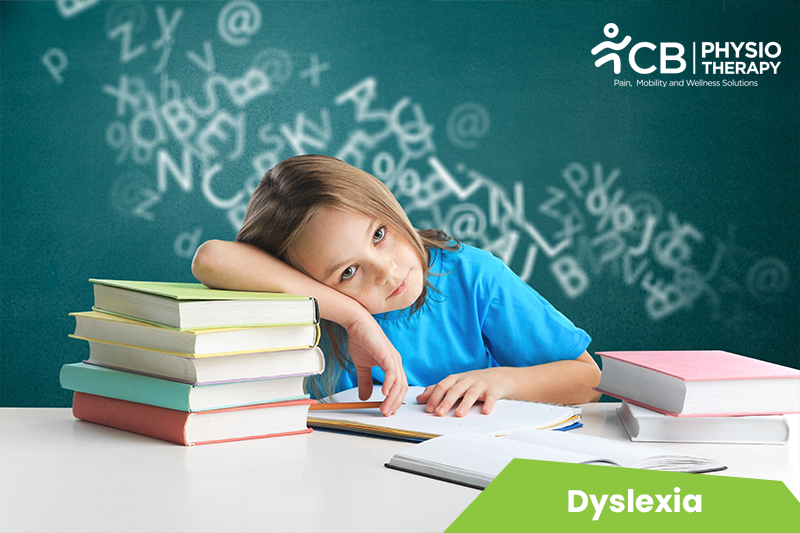Sufficient time is provided to plan a program according to the needs of the student before or during the initial teaching session.
Brain training Exercises:1. Knee to hand.
2. Elbow to the knee.
3. Hand to foot behind the back.
4. Hand to foot in front of the body.
5. Spinning clockwise.
6. Spinning anti-clockwise.
7. Juggling.
8. Juggling on the balance board.
9. Side to side on the balance/wobbleboard.
10. Twists.
Eye Exercises:1. Eye tracking.
2. Opposite hand swinging using hand and fingers.
Balance ball Exercises:1. Taking up one foot off the ground.
2. Taking both feet off the ground.
3. Balance on the stomach.
4. Bouncing.
5. Juggling on the balance ball.
6. Brain ball catching.
Reading Training:Reading techniques involve hearing, vision, and touch to improve reading skills. Help a child use several senses to learn such as listening to a taped lesson, a word spoken or a letter used can be traced by the child using a finger.
1. Train the children to recognize and use the smallest sounds that make words (phonemes)
2. Understand the letters that represent these sounds and words (phonics).
3. Understand what is read.
4. Read aloud to build a reading expression, accuracy, and speed.
5. Build a vocabulary of words.
6. Provide the articles clearly to minimize the reading load.
7. Identify new vocabulary in the text.
8. Offer audio-visual sources on subjects such as TV or videos.
Spelling training:1. Introduce new terms and concepts by writing them up on a board.
2. Provide lists of vocabulary at the beginning of a semester, and allow children sufficient time to absorb these terms and put them into context.
3. Encourage the use of grammar checkers and electronic spelling.
Note-taking training:1. Providing handouts at the beginning of a tutorial can be a helpful strategy, as it is difficult for children with dyslexia to concentrate on what the speaker is saying.
2. Use a readable size of print if using an overhead projector.
3. Use whiteboards or chalkboards to elaborate a point making sure the writing is large and clear and students can read it.
4. Some dyslexic children can be easily distracted by noise or activity, even some children may even need to sit at the back of the room so as not to be distracted by people sitting behind them.
Writing training:Writing for two or more hours, which deteriorates over time can prove very stressful use of technologies such as video, computer-generated or graphical presentations, and laptops can be recommended.
Oral Language:1. Children suffering from dyslexia may need extra time, effort, and concentration to do the task involving language.
2. Instructions given orally should be clear and written down as a backup for the children if they need them.
3. Encourage children to formulate questions, then respond using straightforward language and demonstrate points with concrete examples.
